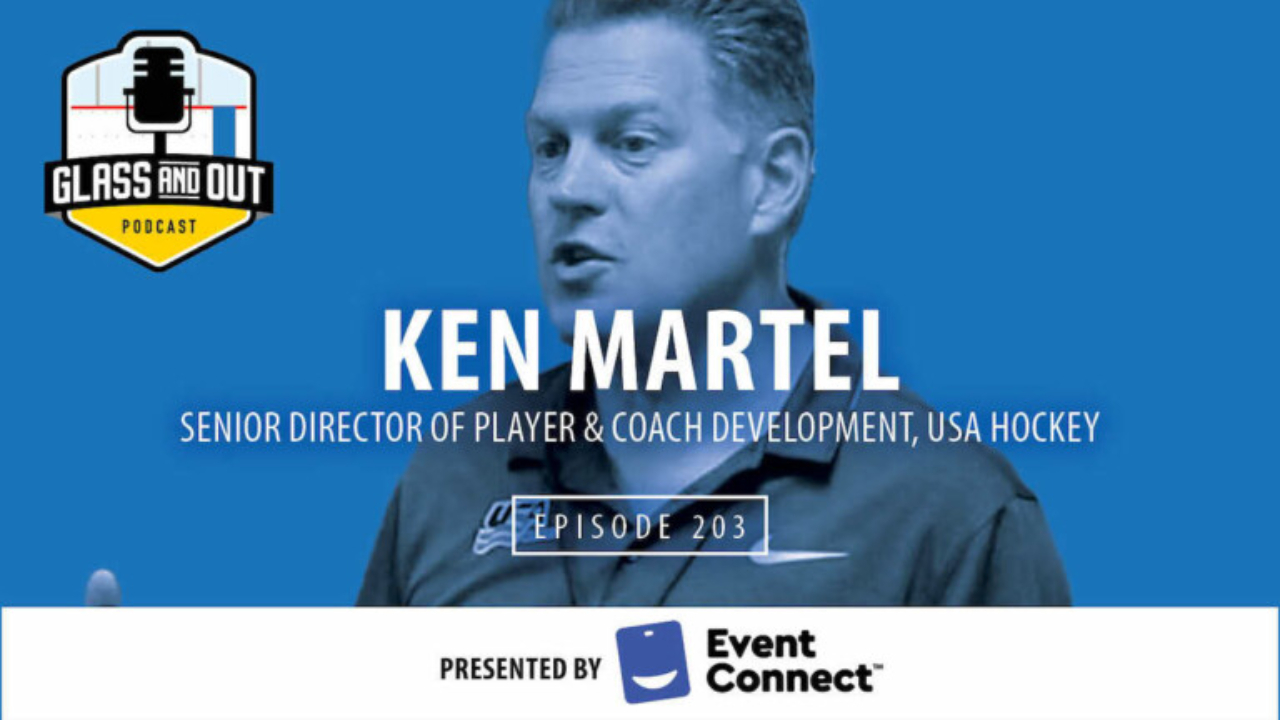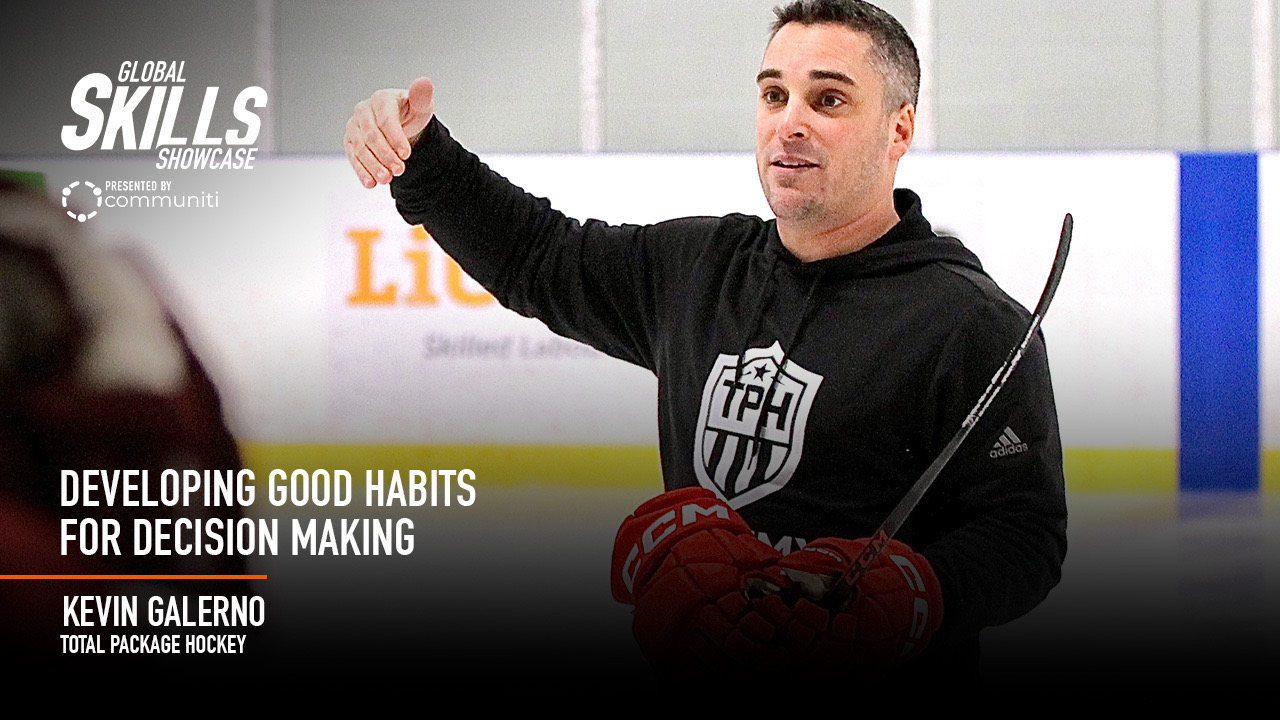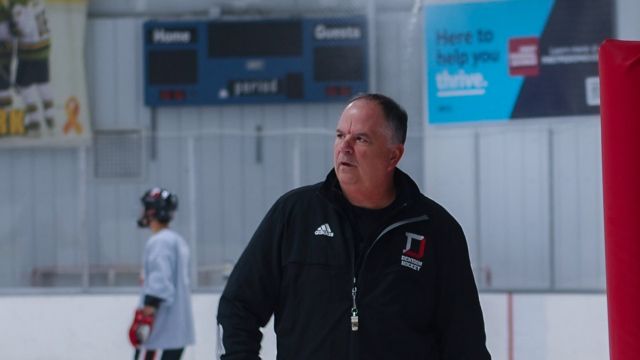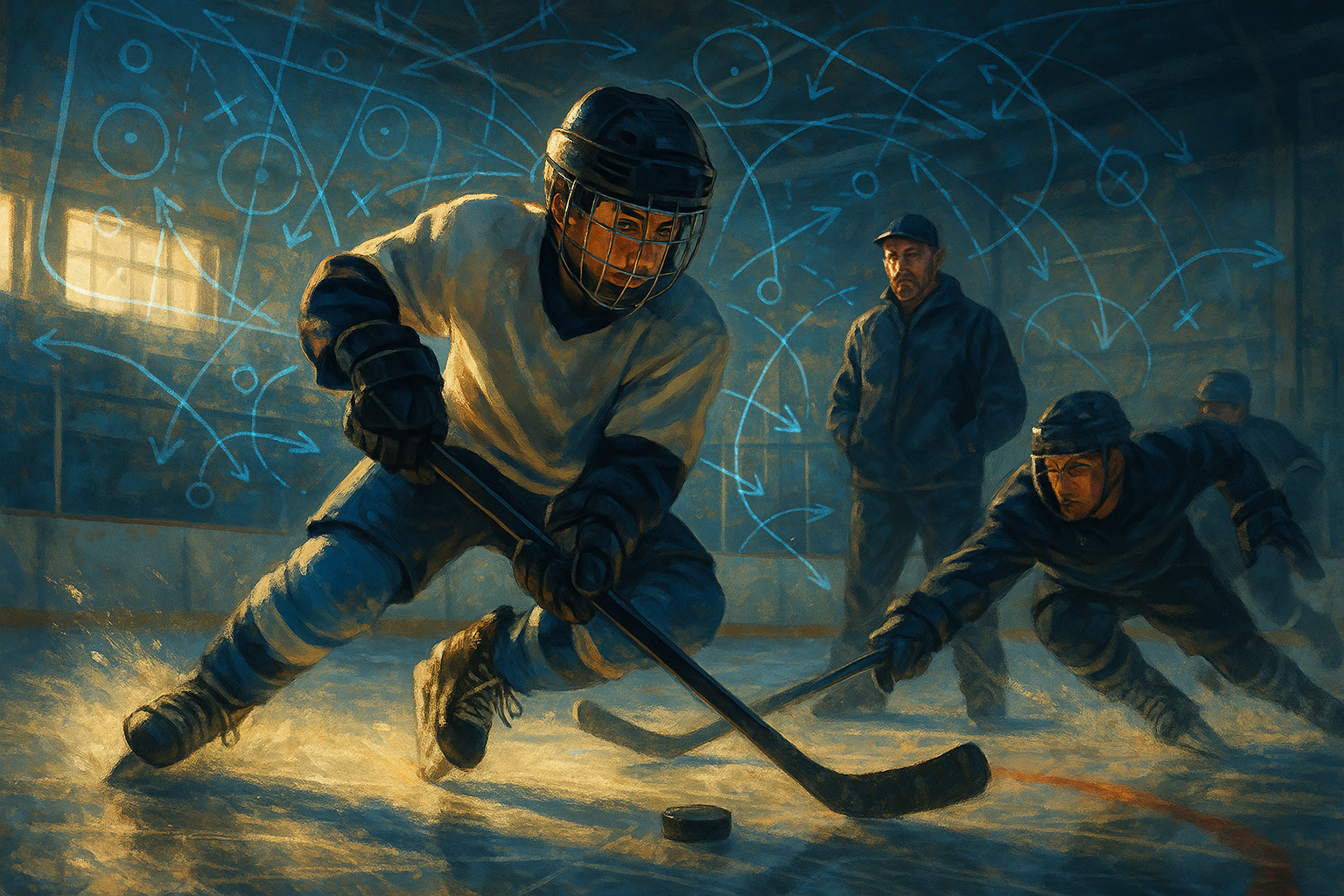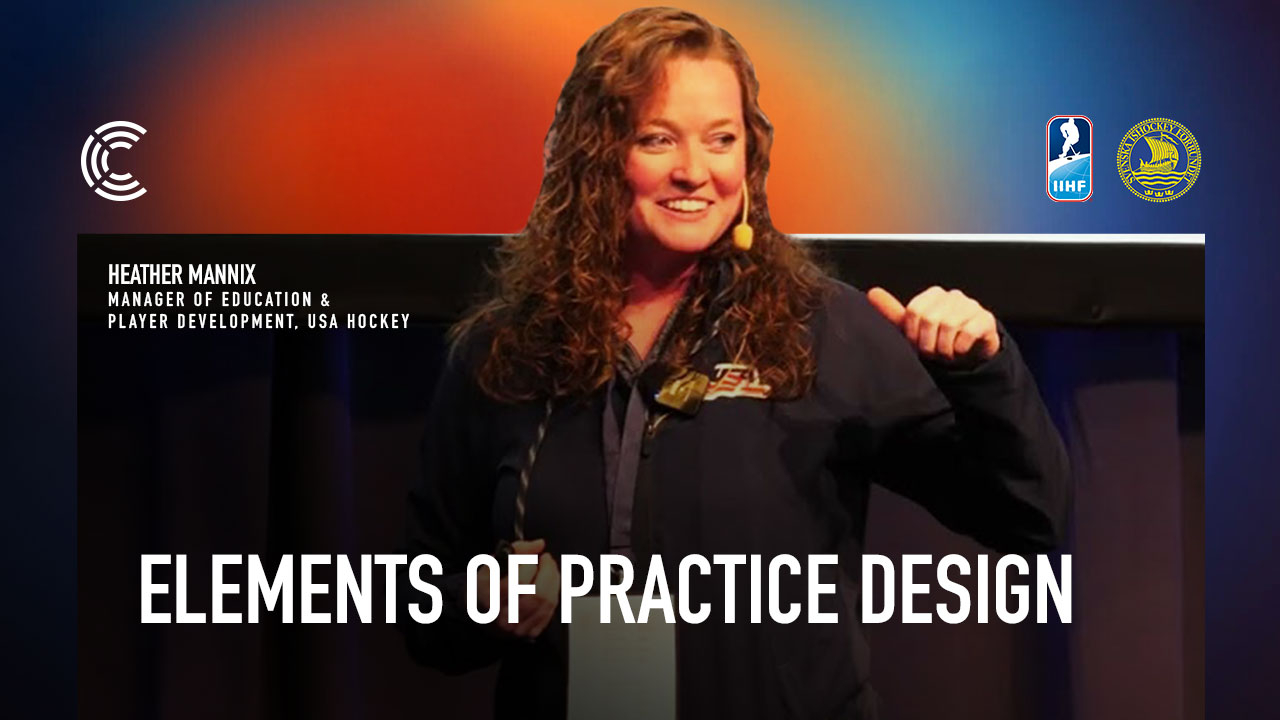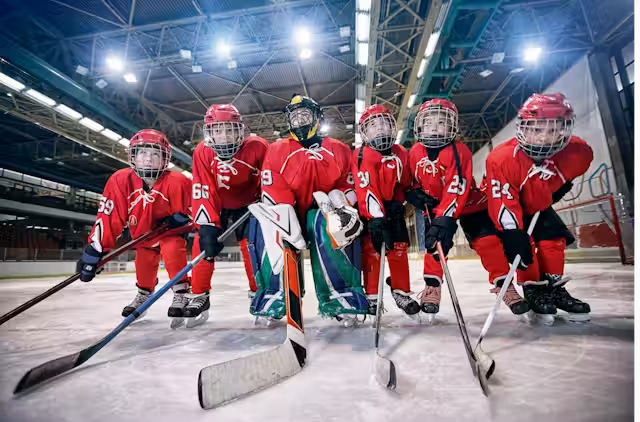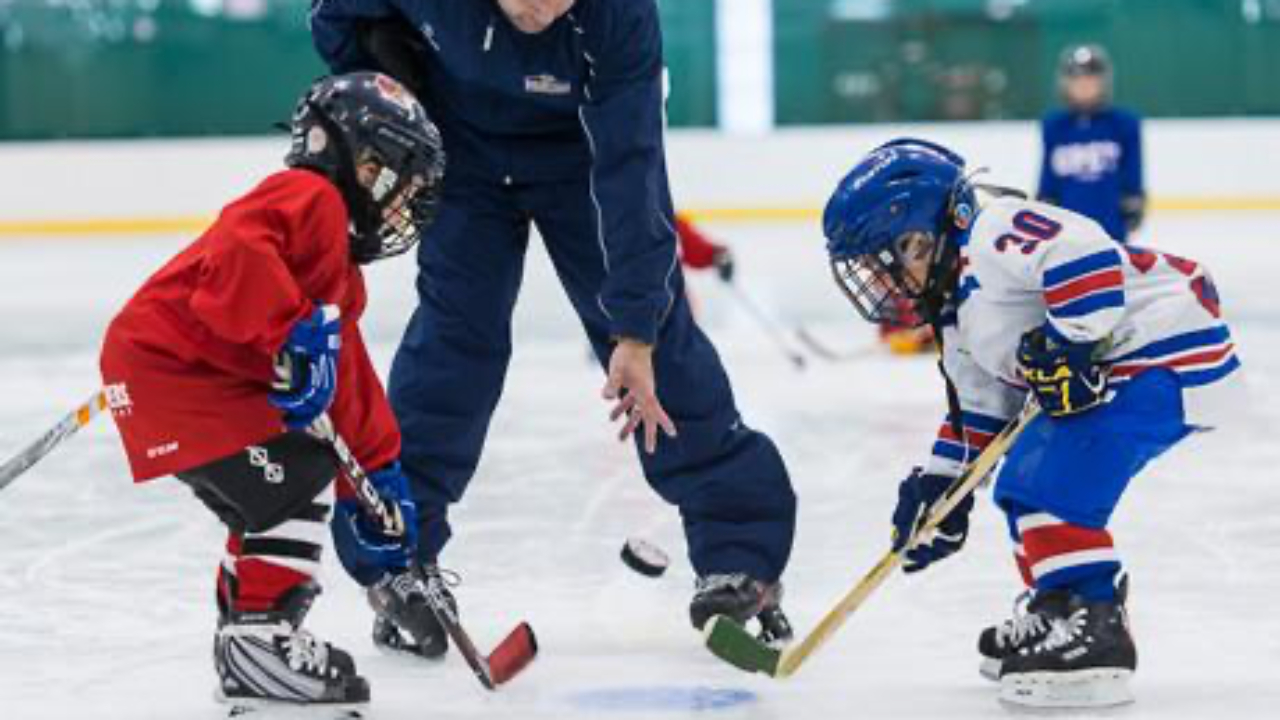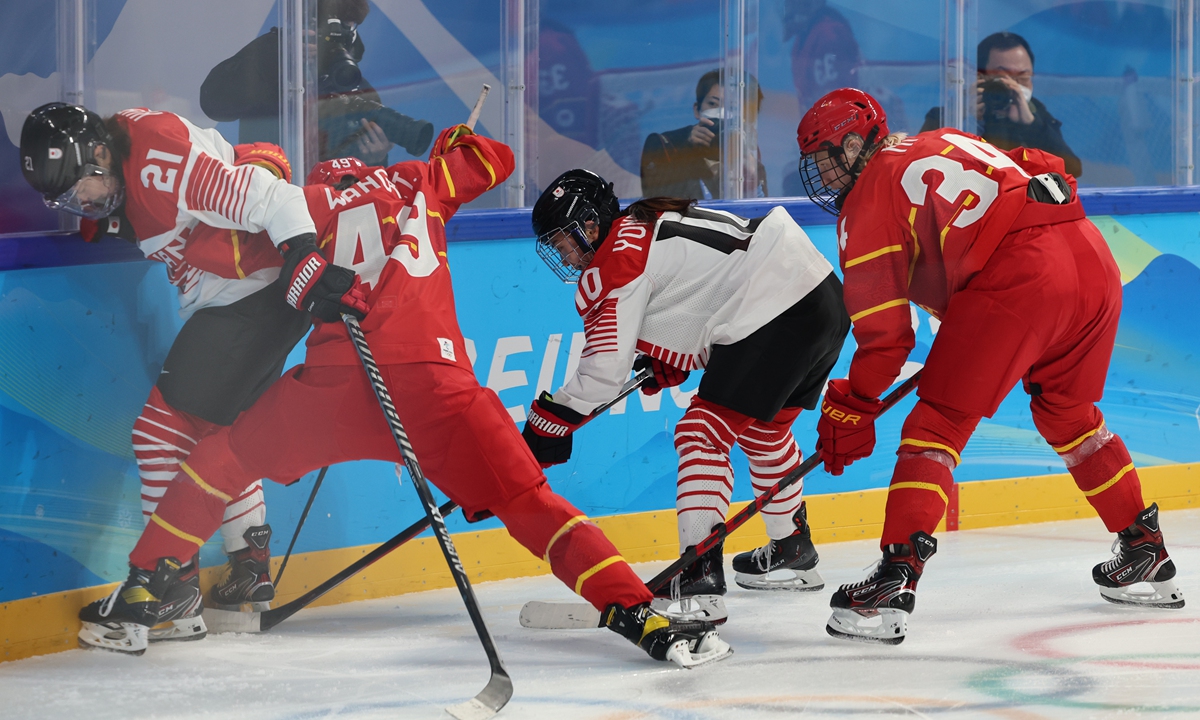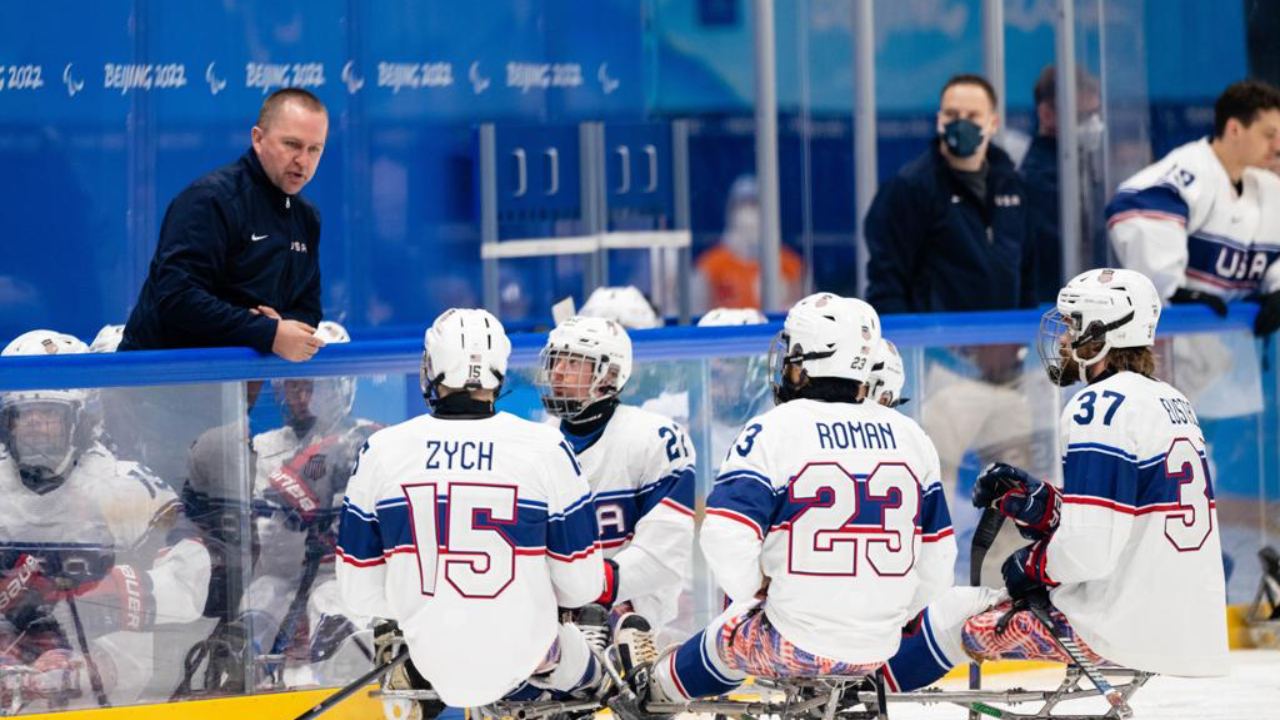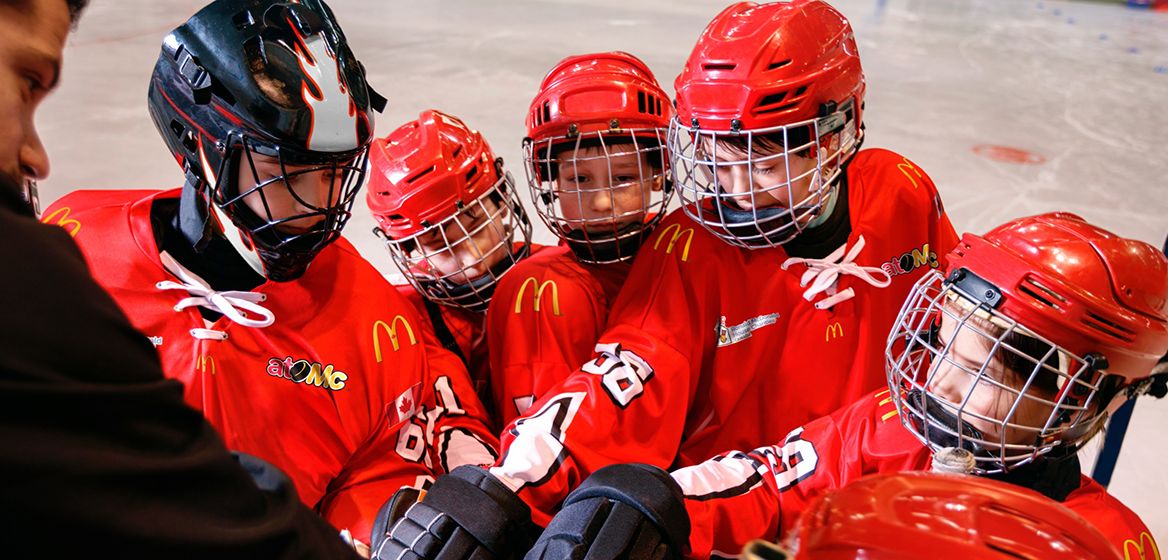
Teaching for Decision-Making, Not Just Execution
Part 4 of 5 in the “Teaching Through Chaos” Series
By Coach Barry Jones. IIHF Level 3. USA Hockey Level 3
Smooth isn’t smart. Smart isn’t smooth.
Watch most youth hockey practices and you’ll see something that looks… clean.
• Players going through cone drills.
• Passing in pairs.
• Shooting off a coach’s whistle.
It’s neat. It’s organised. It’s efficient.
But is it teaching players to make decisions?
Or just to follow instructions?
If your training environment removes the need to read, adjust, or choose, then it’s not teaching for decision-making. It’s teaching for execution.
And those are two very different things.
Execution Is What. Decision-Making Is When.
Here’s the difference:
• Execution says: do it right.
• Decision-making says: do it when it matters.
Execution focuses on form.
Decision-making focuses on context.
Execution looks great in a controlled drill.
Decision-making shows up when the game breaks down, and it always breaks down.
If we want athletes who can read the game, not just repeat skills, then we need to build training that includes the “when,” not just the “how.”
How Decision-Making Actually Works
Decision-making in sport isn’t a conscious checklist.
It’s a fast, subconscious recognition of affordances.
It happens like this:
• The athlete perceives key information (pressure, space, support).
• They recognise a pattern they’ve seen before, or something close.
• They act.
• They evaluate the result, and that feeds the next decision.
This loop happens in milliseconds.
To develop it, athletes need representative situations, practice environments that contain the same information, complexity, and chaos they’ll face in a game.
Which brings us back to small area games.
How Small Area Games Build Decision-Making
In a well-designed SAG, decision-making is baked in.
Players must:
• Choose when to pass, when to hold, when to move.
• Adjust based on defender angle or teammate positioning.
• Respond to space and time, not instruction.
You’re no longer giving them the answer.
You’re giving them the problem.
The game becomes the teacher.
You become the designer of problems, not the deliverer of solutions.
A Real Example – Teaching Decision-Making to a Mixed Experience Squad
When I co-coached the Western Australian Women’s Ice Hockey Team, we had six weeks to build a team made up of both high-performance veterans and newer, developing players.
Traditional drills created a divide.
• One group was bored; they’d seen it before.
• The other group was overwhelmed; they couldn’t keep up.
So we threw out the rigid model.
And we leaned into ecological design.
Through carefully constructed small area games, we:
• Let the newer players experience the game’s decisions without being told.
• Let the high-performers stretch their thinking and challenge their reads.
• Created tasks that allowed players to adjust to their own rate limiters.
And something important happened.
The team began to blend.
Not through instruction.
Through shared decision-making.
Instead of prescribing solutions, we created affordance-rich environments, where everyone, regardless of experience, had to adapt in their own way.
It didn’t just level the field. It raised the ceiling.
This Isn’t Soft Coaching. It’s Smart Coaching.
Sometimes, decision-based training gets mistaken for “unstructured” or “lazy.”
Let’s be clear, designing for decision-making is harder, not easier.
• You have to know your athletes deeply.
• You have to understand how to manipulate space, time, and constraint.
• You have to give up control, and trust the process.
But the result?
Players who think.
Players who adapt.
Players who solve problems on their own, not just execute someone else’s solution.
Final Thought
Execution matters. But it’s not enough.
If we only teach players to perform, we create robots.
If we teach them to decide, we create playmakers.
So next session, try this:
• Replace your next shooting drill with a scoring situation under pressure.
• Swap your passing pattern for a time-bound transition game.
• Ask yourself: does this rep demand a decision?
Because if there’s no decision to make, there’s probably nothing to learn.
Next up in Part 5: “Coaching the Individual in a Chaotic System – Inclusion, Adaptability, and Athlete-Centred Design.”

